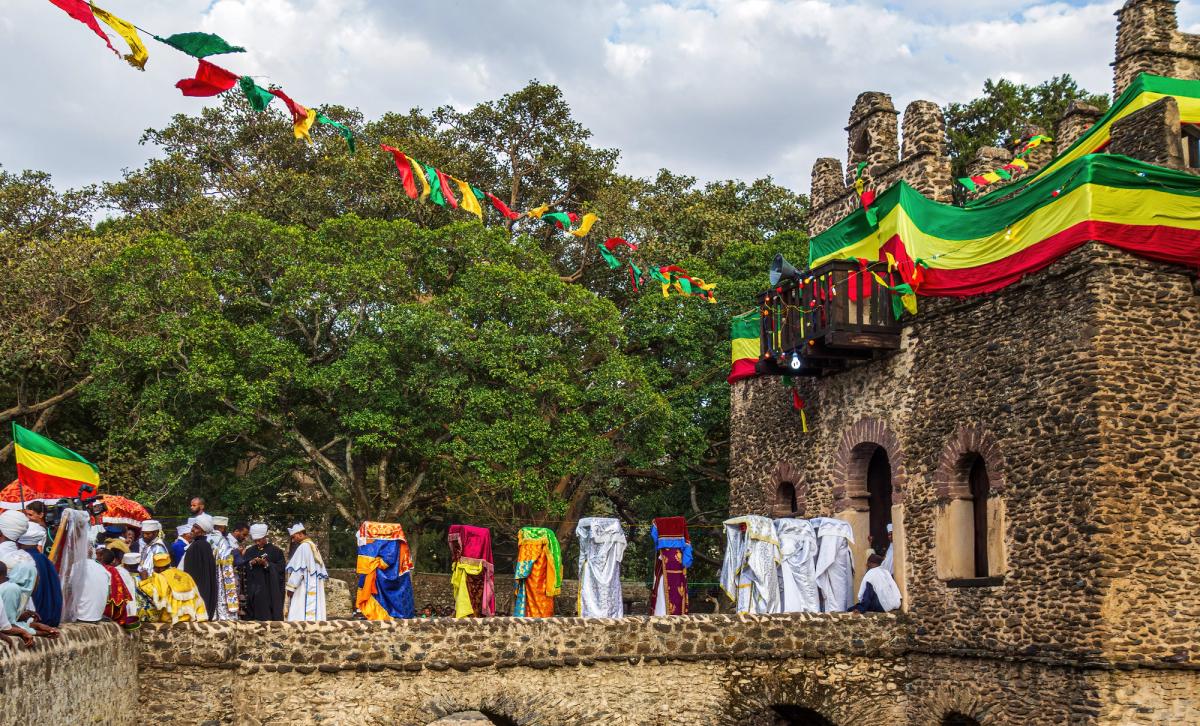An Ethiopian tablet sealed inside an altar in London’s Westminster Abbey should be returned to its home country, say abbey officials, setting in motion the possible restitution of the sacred object.
The antiquity, known as a tabot, is a tablet that symbolically represents the Ark of the Covenant and the Ten Commandments. Every Ethiopian church houses a covered tabot, which is regarded as sacrosanct and must be seen only by the priest. In July 2018 the Ethiopian government called for the restitution of the Abbey’s tabot.
An Abbey spokesperson tells The Art Newspaper: “The Dean [David Hoyle] and Chapter has decided in principle that it would be appropriate to return the Ethiopian tabot to the Ethiopian Church. We are currently considering the best way to achieve this, and we are in ongoing discussions with representatives of the Ethiopian Orthodox Tewahedo Church. This is a complex matter, and it may take some time.”
Westminster Abbey’s tabot was looted at the battle of Maqdala (formerly Magdala) in 1868, when British troops attacked the forces of the Ethiopian emperor Tewodros. The tabot was acquired by Captain George Arbuthnot of the Royal Artillery.
On his return to London, Arbuthnot donated the tabot to the abbey. In 1870, Dean Arthur Stanley commissioned the architect George Gilbert Scott to erect a new altar in the Henry VII Lady Chapel. The dean inserted the tabot into the back of the altar along with two other sacred objects—fragments from the high altar of Canterbury Cathedral and the major Greek Orthodox church in Damascus.
London’s Westminster Abbey is what is known as a Royal Peculiar, which puts it directly under the monarch’s jurisdiction. This means that returning the tabot might well require the blessing of King Charles III, the supreme governor of the Church of England.
The Abbey’s decision will put pressure on the British Museum, which holds 11 tabots, to reconsider its position. The tabots are kept in an underground store that even the museum’s staff cannot enter.
CLARIFICATION: The tabot is not visible. In 2007, the head of the Ethiopian Orthodox church, Abune Paulos, travelled to London to meet the abbey’s receiver-general and to call for the return of the tabot. A representative of the abbey said that this would be considered, but nothing more was heard. Three years later, a covering was placed in front of the tabot so it is no longer visible. An Abbey spokesperson says the tabot was “properly covered in 2010 but never easily visible".


